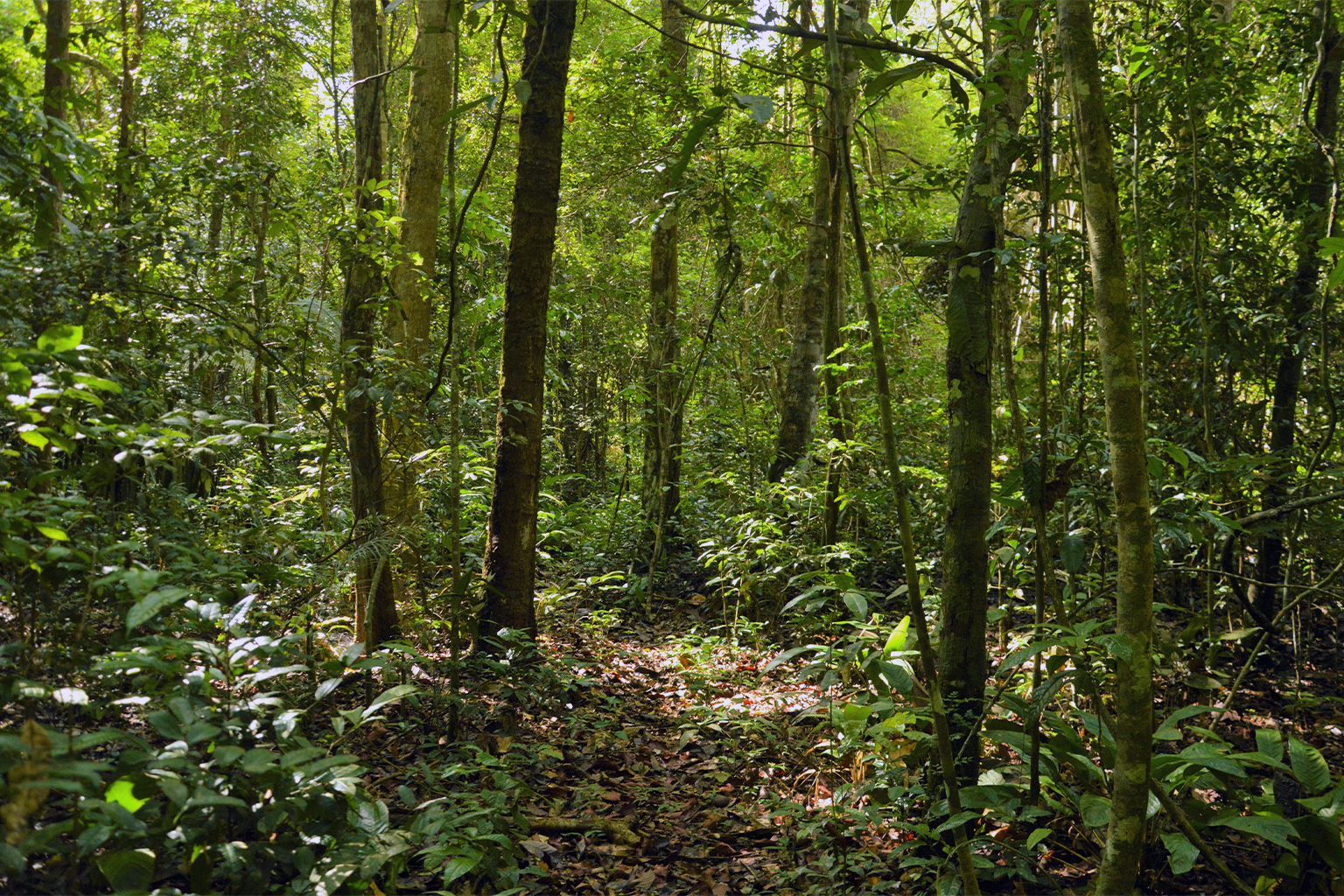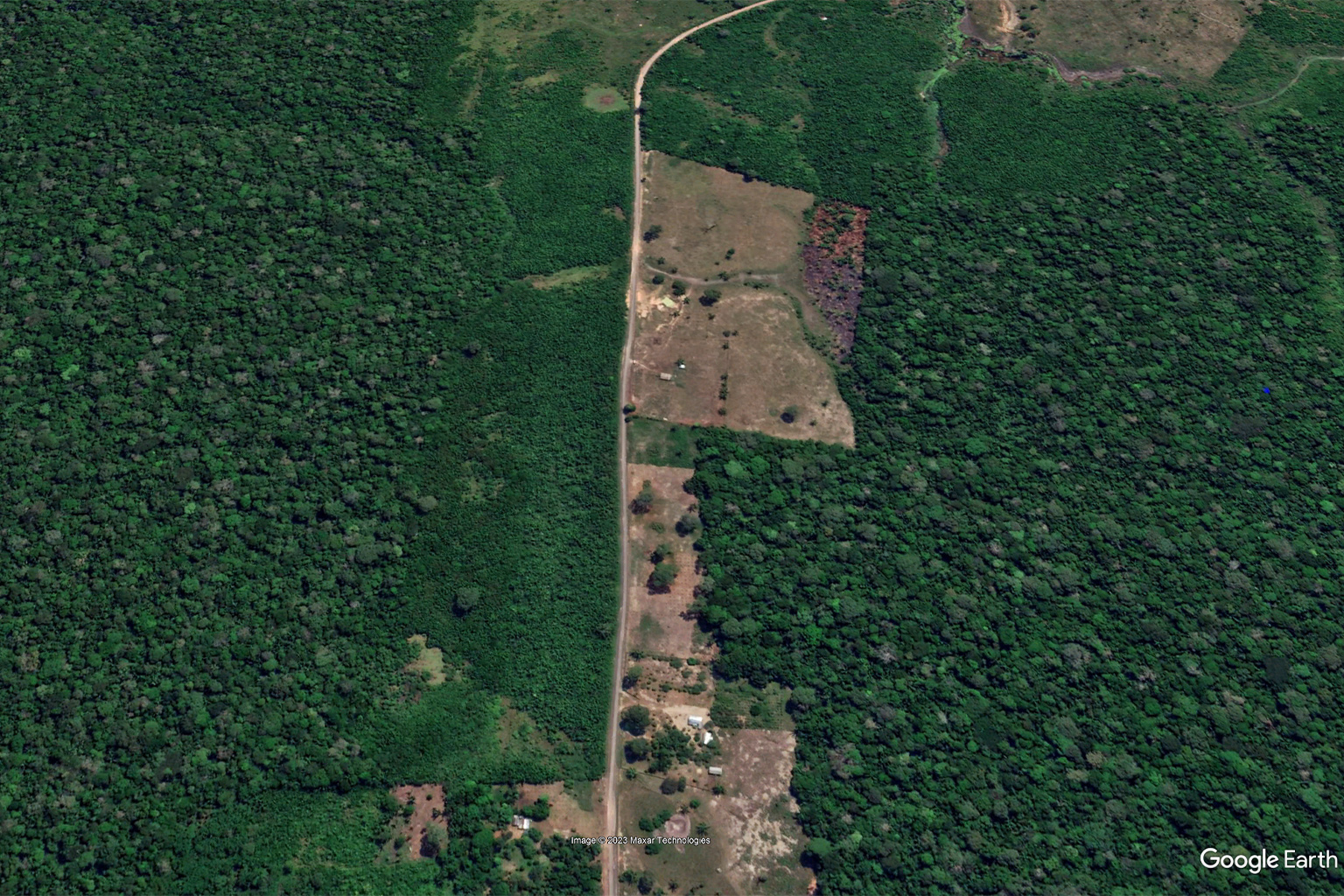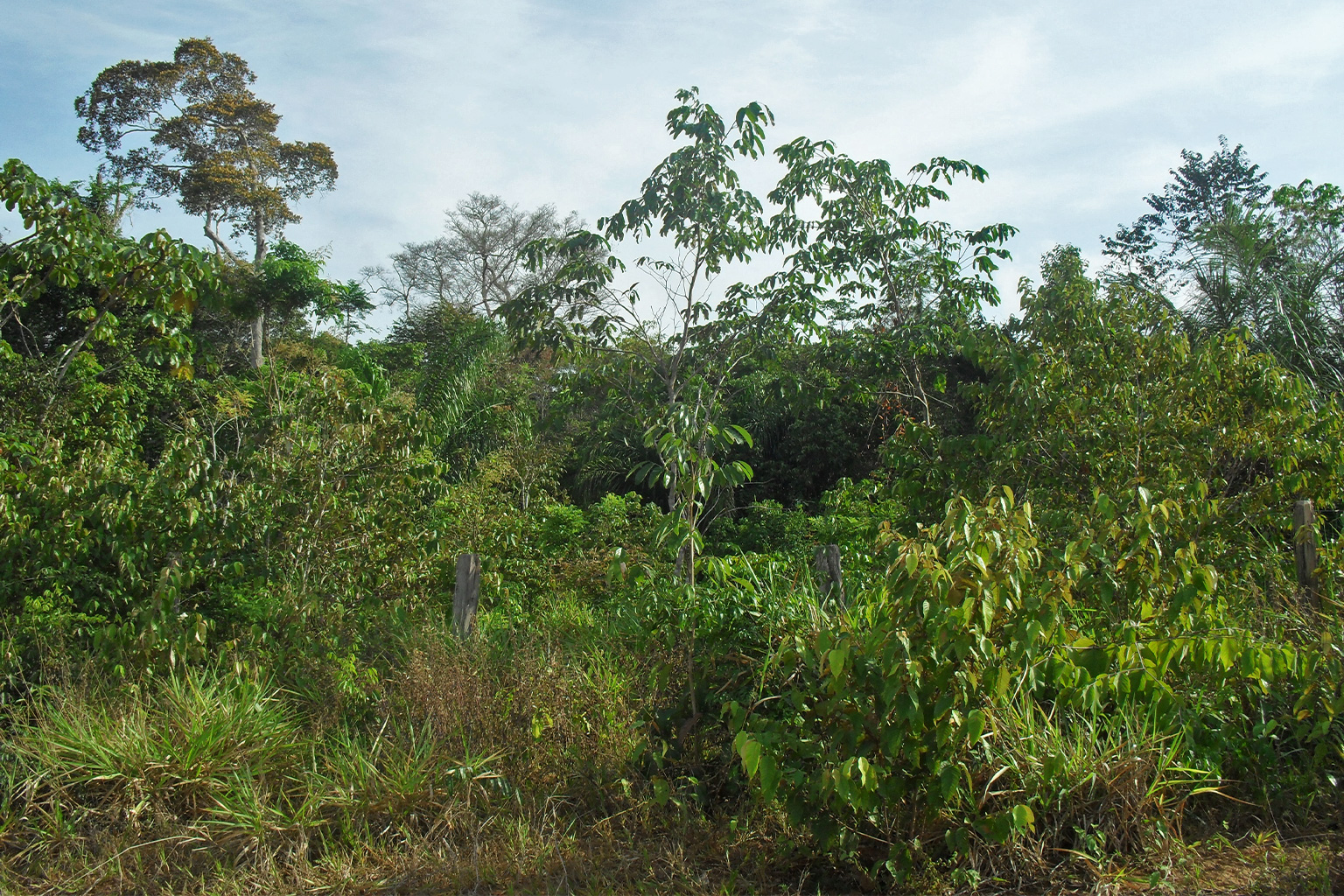- A new study published in the journal Nature analyzed satellite images from three major regions of tropical forest on Earth — Amazon, Central Africa and Borneo — and showed recovering forests offset just 26% of carbon emissions from new tropical deforestation and forest degradation in the past three decades.
- Secondary forests have a good potential to absorb carbon dioxide from the atmosphere and could be an ally in addressing the climate crisis, but emissions generated from deforestation and forests lost or damaged due to human activity currently far outpace regrowth.
- The study provides information to guide debates and decisions around the recovery of secondary forests and degraded areas of the Brazilian Amazon — around 17% of the ecosystem is in various stages of degradation and another 17% is already deforested.
- Since Brazil’s new President Luiz Inácio Lula da Silva took office, projects to curb deforestation are in place, but plans to protect recovering areas remain unclear.
A pioneering global study published March 15 in the journal Nature showed that humid tropical forests recovering from degradation and deforestation have the potential to absorb a vast amount of carbon dioxide from the atmosphere and, if preserved, they can be an important ally in addressing the climate crisis. However, for the past three decades, this process might have mitigated just over one-quarter of the emissions generated by deforestation and forests lost or damaged due to human activity, such as logging and wildfire, because the destruction of these ecosystems has far outpaced regrowth.
The team of international researchers, led by the University of Bristol, combined satellite data tools that capture changes in land cover type with information on aboveground carbon from the European Space Agency to accurately model the rates of carbon recovery. They looked at degraded forests (those recovering from human-induced disturbance that has led to a partial loss of their tree cover) and secondary forests (those that are regrowing naturally in deforested areas) in the three major regions of humid tropical forest on Earth: Amazon, Central Africa and Borneo. This was the first time a study had taken such a large-scale look at recovering forests.
The researchers calculated there are 60 million hectares (148 million acres) of recovering secondary and degraded forests across the three regions. This amounts to about 1.5% of the world’s forested area and about 5% of all carbon absorbed by forests. According to the study, those regions have stored, on average, 107 million metric tons of carbon (MtC) annually between 1984 and 2018 — enough to offset 26% of the carbon emissions generated from forest loss during that same period.

“This study shows the potential of these areas to absorb carbon,” Ricardo Dalagnol, the study’s co-author and a researcher from Brazil’s space agency, INPE, told Mongabay by phone. “When we talk about nature-based solutions, this is what we are talking about. These degraded or secondary forests grow very fast, but if they are not preserved, they lose their ability to store carbon.”
According to the researchers, protecting ancient tropical forests should be top priority for policymakers, but this new study also highlights the importance of creating policies to protect areas recovering from human activity.
To model the carbon stock of recovering forests by 2030, they estimated that conserving these ecosystems could lead to an annual carbon sink of 53 MtC. However, this prediction does not consider how countries are committed to protecting those areas nor the impact of climate change. Researchers found that, during the study period, one-third of forests degraded by logging or fire were later completely deforested, in a process that reduced the forest’s ability to regenerate.
“The results can be used as evidence-base to show the value of secondary and degraded forests,” Viola Heinrich, lead author and a Ph.D. in physical geography at Bristol University, wrote Mongabay in an e-mail. “This is particularly important for REDD+ projects [Reducing Emissions from Deforestation and Forest Degradation], where the ‘second D’ in REDD often gets overlooked, in part because the methods for estimating degradation (and associated recovery) are not readily in place.”
REDD+ is a framework created by the U.N. climate change convention’s Conference of the Parties (COP) to guide activities in the forest sector that reduce emissions from deforestation and forest degradation.

A close look at the Amazon
This is a good moment for the Brazilian government to take a closer look at recovering areas in the Amazon according toLuiz Aragão, the head of the Earth Observation and Geoinformatics Division at INPE and one of the co-authors of the study. Aragão told Mongabay by phone that new policies to restore degraded land could reposition Brazil as a global leader in geopolitical discussions on sustainable development. Since Brazil’s new President Luiz Inácio Lula da Silva took office in January 2023, he’s been promising to undo the damage caused by preceding policies in the environmental agenda.
Projects to restore state control over the rainforest to curb deforestation, such as the reactivation of the Action Plan for Prevention and Control of Deforestation in the Legal Amazon (PPCDAm) are already in place, but plans to protect secondary forests and degraded lands are unclear. Today, approximately 17% of the Amazon has already been deforested and another 17% is in various stages of degradation from fire, selective logging and other human disturbances. This ranks the country as the globe’s fifth-largest emitter of greenhouse gas (GHG), since land use changes are the most responsible for GHG emissions in Brazil due to deforestation and burning of native vegetation for agricultural use.
“We have different degradation scenarios in the Amazon and we have the technology to identify the areas with the greatest and least capacity for regeneration,” Aragão said. “We can identify areas that have low agricultural potential, for example, and high recovery potential. Protecting these areas must be a priority to increase the carbon sink through forest growth.”
The researcher also said that preventing deforestation and protecting secondary and degraded forests could lead the country to quickly achieve net-zero emissions in the land sector.

Last November, at COP27, a group of researchers from the Science Panel for the Amazon (SPA) presented the policy brief “Transforming the Amazon through ‘Arcs of Restoration,” a document providing scientific basis to guide debates and decisions around the recovery of deforested and degraded areas of the Amazon Rainforest.
The brief presented a mix of strategies to achieve net zero by 2030 that included the strengthening of existing public policies and development of new ones, empowering local communities, sustainable restoration of degraded farmland and protection of degraded areas. Experts have stated that the most significant opportunity for large-scale and low-cost restoration is concentrated in public forests, protected areas, and Indigenous lands that have suffered recent degradation, since these areas have healthy primary forests around them and can naturally regenerate without human intervention.
Jos Barlow, a professor of conservation science at Lancaster University in the U.K. and an author of the policy brief presented at COP27, told Mongabay by email that this new study reinforced the main argument of the policy brief. “It demonstrates that restoration can be part of the solution for mitigating climate change, but must be accompanied by actions to prevent further deforestation and degradation,” he said.
The study led by the University of Bristol also emphasized the urgency of putting into practice public policies aimed at protecting the world’s largest rainforest, according to Catarina Conte Jakovac, an associate professor of plant science at Santa Catarina Federal University.
“Currently, the agenda for environmental restoration and the carbon market is on the rise, especially in the Amazon,” Jakovac, who was not involved in the study, told Mongabay by phone. “This agenda has focused on restoring forests through planting seedlings or natural regeneration, but it urgently needs to include robust mechanisms to protect mature and regenerating forests. This is the way for forest restoration to effectively make a positive contribution to mitigating climate change and conserving biodiversity,” she said.
In fact, besides the potential to offset carbon emissions from deforestation, a study published in 2018 showed that in the Amazon, secondary forests also recover in species richness and diversity up to 88% compared with old-growth forests.
Banner image: A river flows through the Amazon Rainforest. Image by Rhett A. Butler/Mongabay.
Citations:
Heinrich, V. H., Vancutsem, C., Dalagnol, R., Rosan, T. M., Fawcett, D., Silva-Junior, C. H., … Aragão, L. E. (2023). The carbon sink of secondary and degraded humid tropical forests. Nature, 615(7952), 436-442. doi:10.1038/s41586-022-05679-w
Policy Brief: Transforming the Amazon through ‘Arcs of Restoration’. (2022). Retrieved from Science Panel for the Amazon website: doi:10.55161/KJCS2175
Lennox, G. D., Gardner, T. A., Thomson, J. R., Ferreira, J., Berenguer, E., Lees, A. C., … Barlow, J. (2018). Second rate or a second chance? Assessing biomass and biodiversity recovery in regenerating Amazonian forests. Global Change Biology, 24(12), 5680-5694. doi:10.1111/gcb.14443
FEEDBACK: Use this form to send a message to the author of this post. If you want to post a public comment, you can do that at the bottom of the page.
Listen to related podcast here:
From deforestation to restoration: Policy plots path to Amazon recovery
